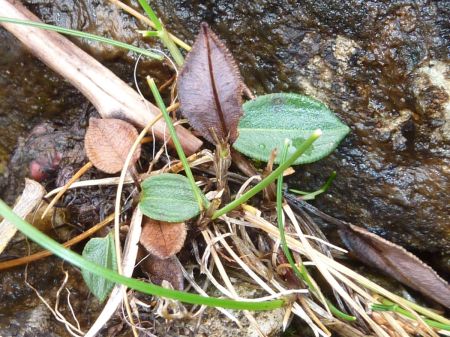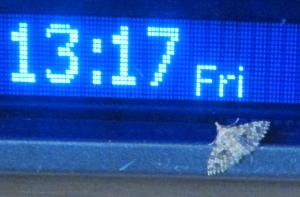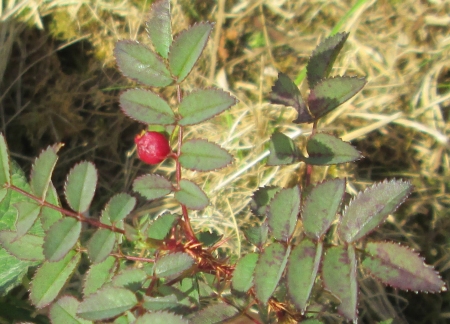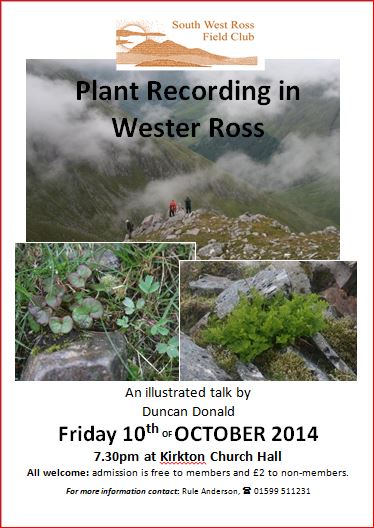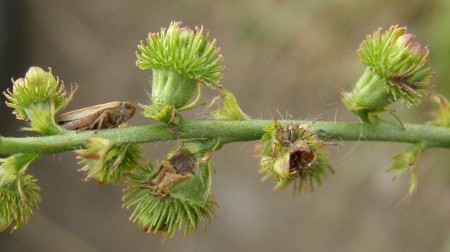About ten days ago Helen & Kate found a single specimen of Prunus padus (Bird Cherry) in Raasay SSSI near Screapadal whilst undertaking woodland condition monitoring. Yesterday I went to try and find it but failed. In between their visit and mine the storms had removed most of the leaves from most of the trees, which didn’t help. I shall have to have another try in the flowering season next year.
The reason this is noteworthy is that the only previous records of this tree as a native on Raasay are from Brochel woods by the shore in 1903 (Harvie-Brown) and somewhere unspecified in the southern part of Raasay in 1957 by Mary McCallum Webster. (It has been planted as part of a native tree planting mixture on Raasay and Fladday.)
However, it was an interesting day…. on my way to Screapadal I watched a small landslip from the first few pebbles to the more serious lumps of ground falling just above the path. I was too slow getting the camera out to take a video.
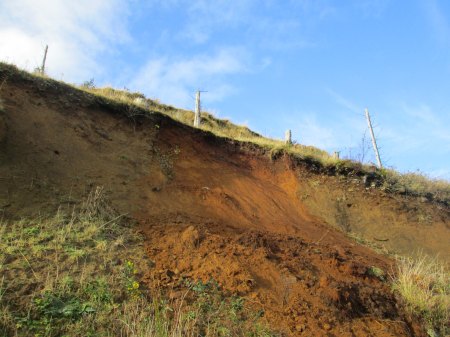
The Aftermath
There was Moehringia trinervia (Three-nerved Sandwort) still in flower:
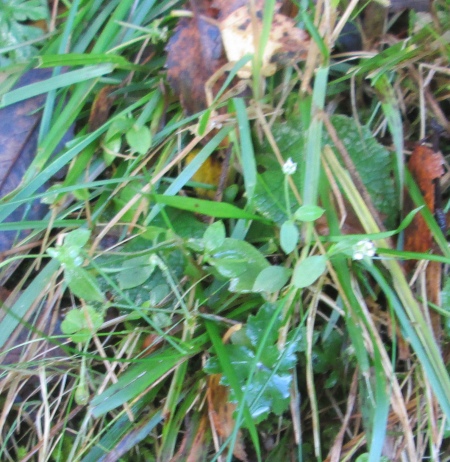
Moehringia trinervia
This plant is known from a number of sites on Raasay and Eigg and there is an old record from Rum, but it has never been recorded on Skye.
Screapadal was looking good in the autumn sun, and we needed a fine day or two after the recent storm:
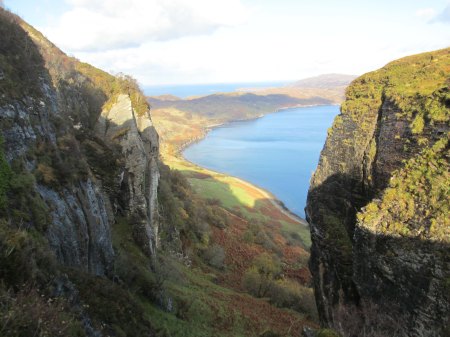
Screapadal
and there were good fungi about.

Cup Fungus
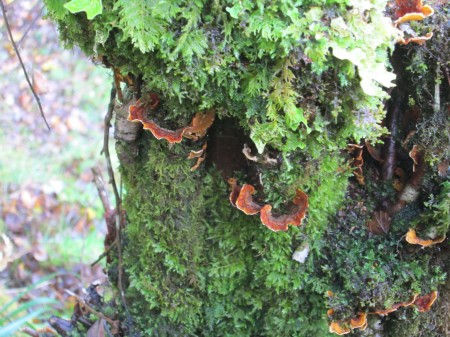
Bracket Fungus – awaiting help with i.d.
Oh yes, and there was Alder Tongue Gall on the alders
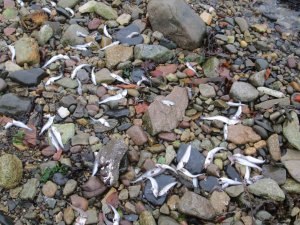
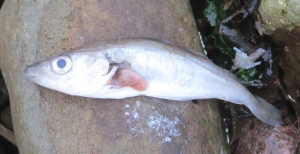 Clearly they are not to the gulls’ taste. There was an otter along the shore this morning this morning though they did not seem to his taste either.
Clearly they are not to the gulls’ taste. There was an otter along the shore this morning this morning though they did not seem to his taste either.




